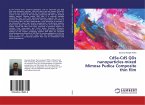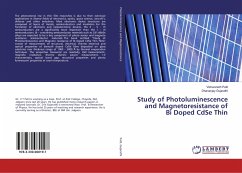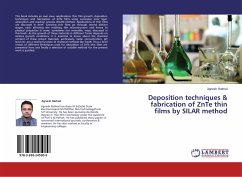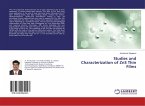Thin film science and technology is one of the oldest art and modern science and plays an important role in the high-tech industries and has been developed primarily for the need of integrated circuit industry. There are different physical and chemical methods for the deposition of thin films from a variety of metals, insulators or dielectrics etc., These films can be deposited on inexpensive substrates such as glass, metal or plastic. Cadmium Selenide (CdSe), an n-type material (1.7 eV) is considered to be important for photovoltaic applications, because of its high absorption coefficient and nearly optimum band gap energy for efficient absorption of light and conversion into electrical power. Similarly, Cadmium Indium Selenide (CdInSe - 1.88 eV, n-type) triggered greatly in the last decade due to its tailoried properties and have potential applications in solar energy conversion. Chemical bath deposition technique was adopted for the preparation of CdSe and CdInSe thin films. The prepared thin films of CdSe and CdInSe were characterized using XRD, SEM, EDAX, PL, UV and VSM techniques. The results and discussion are presented in this book along introductory points.








